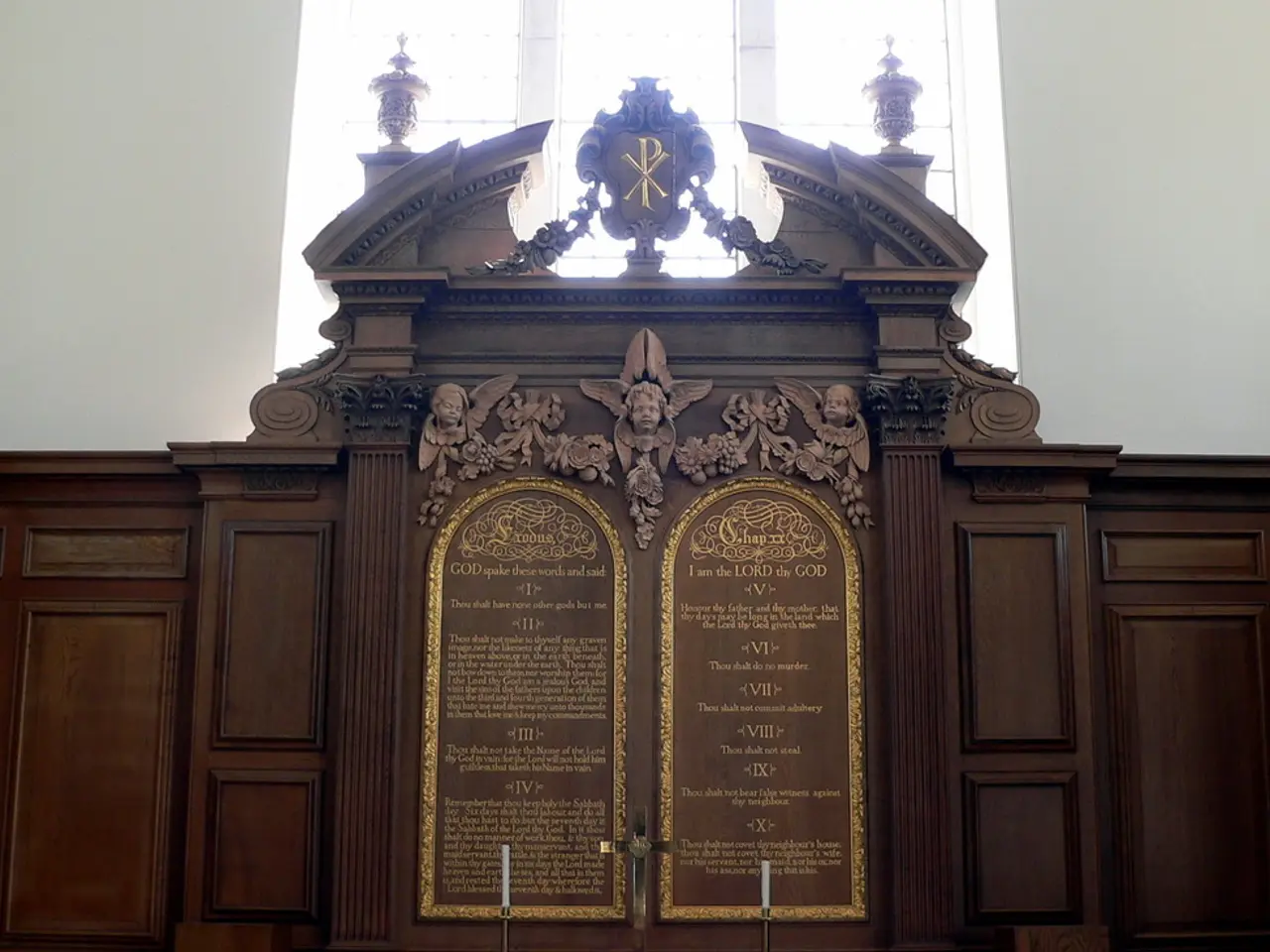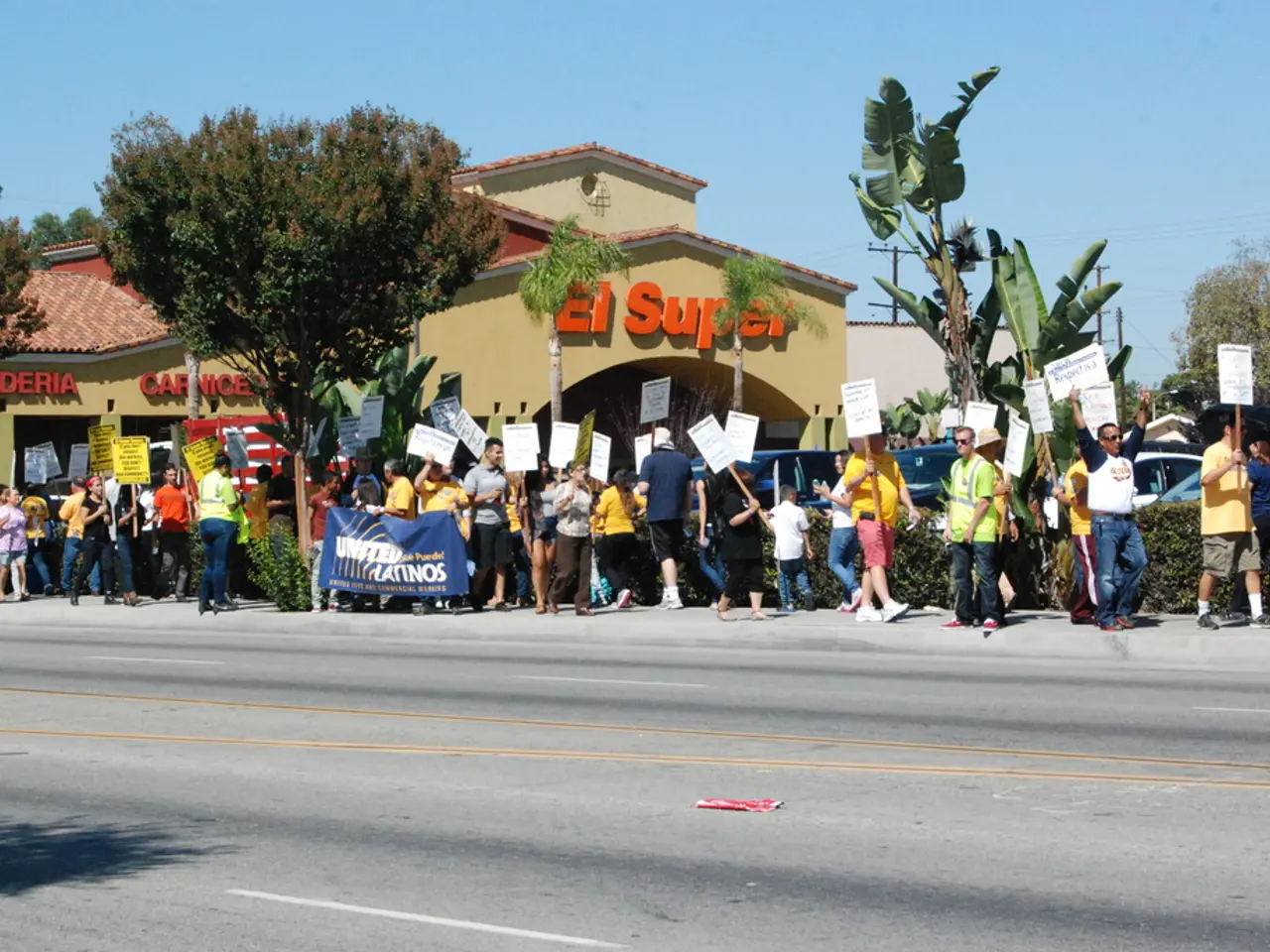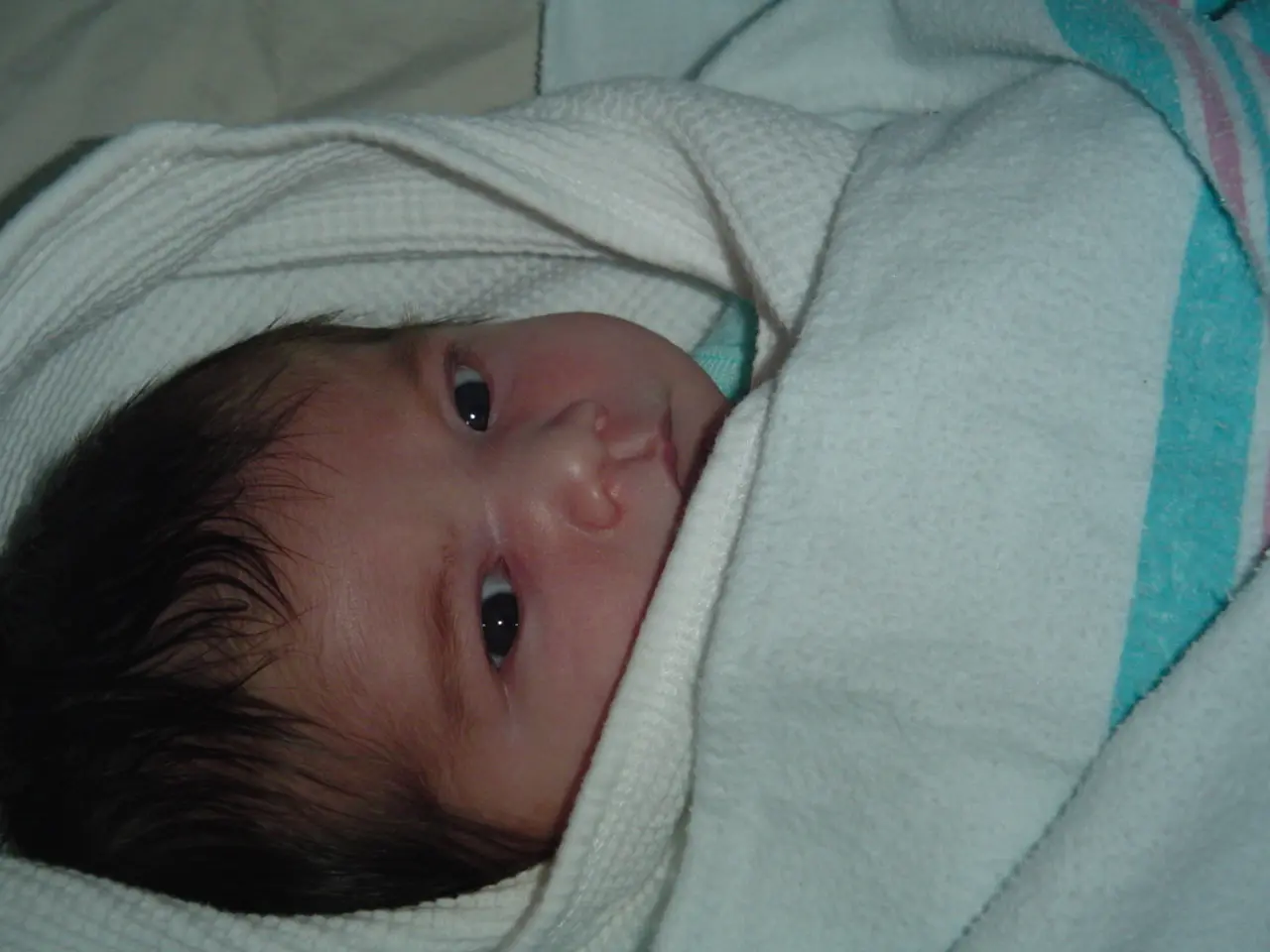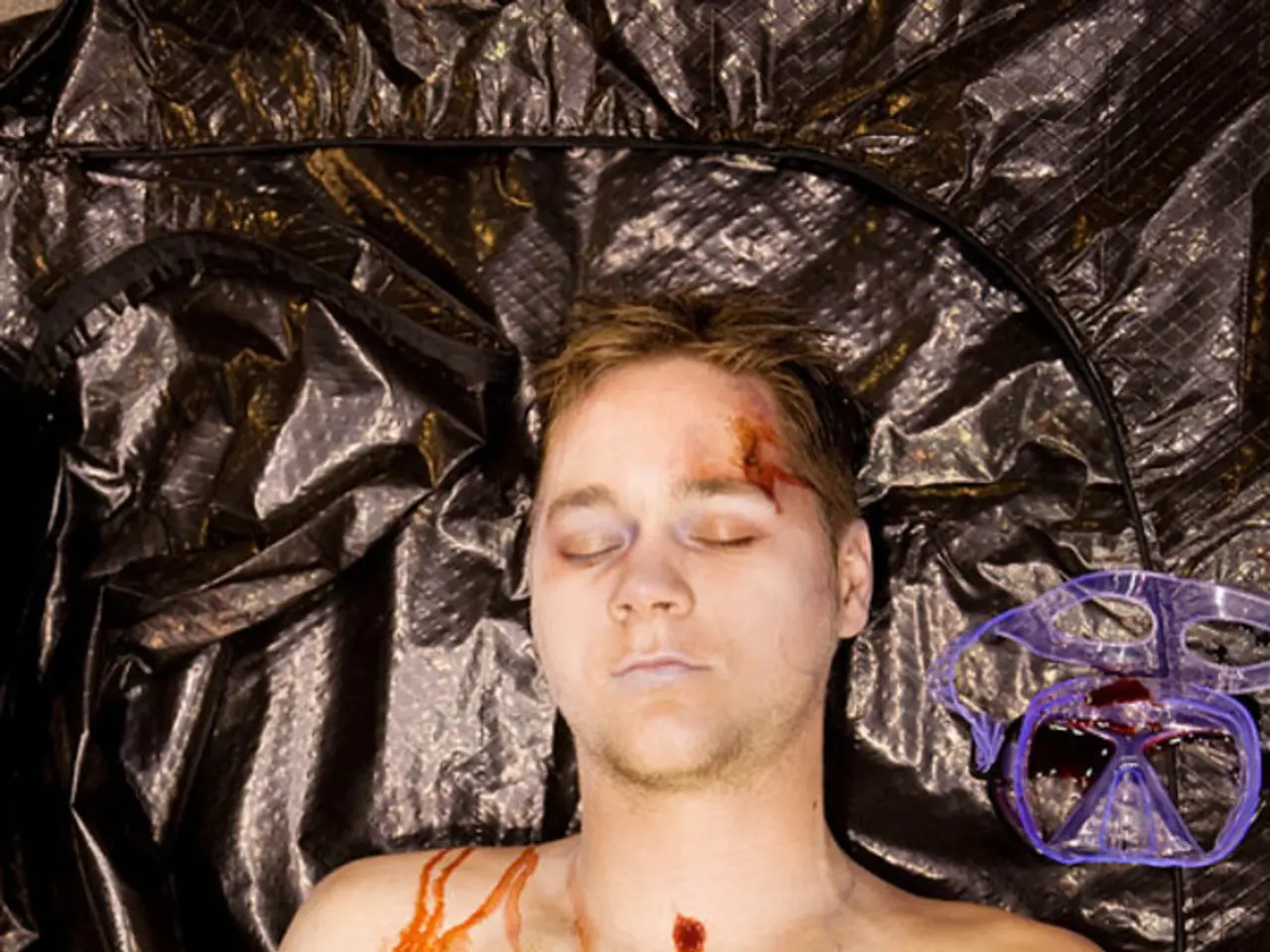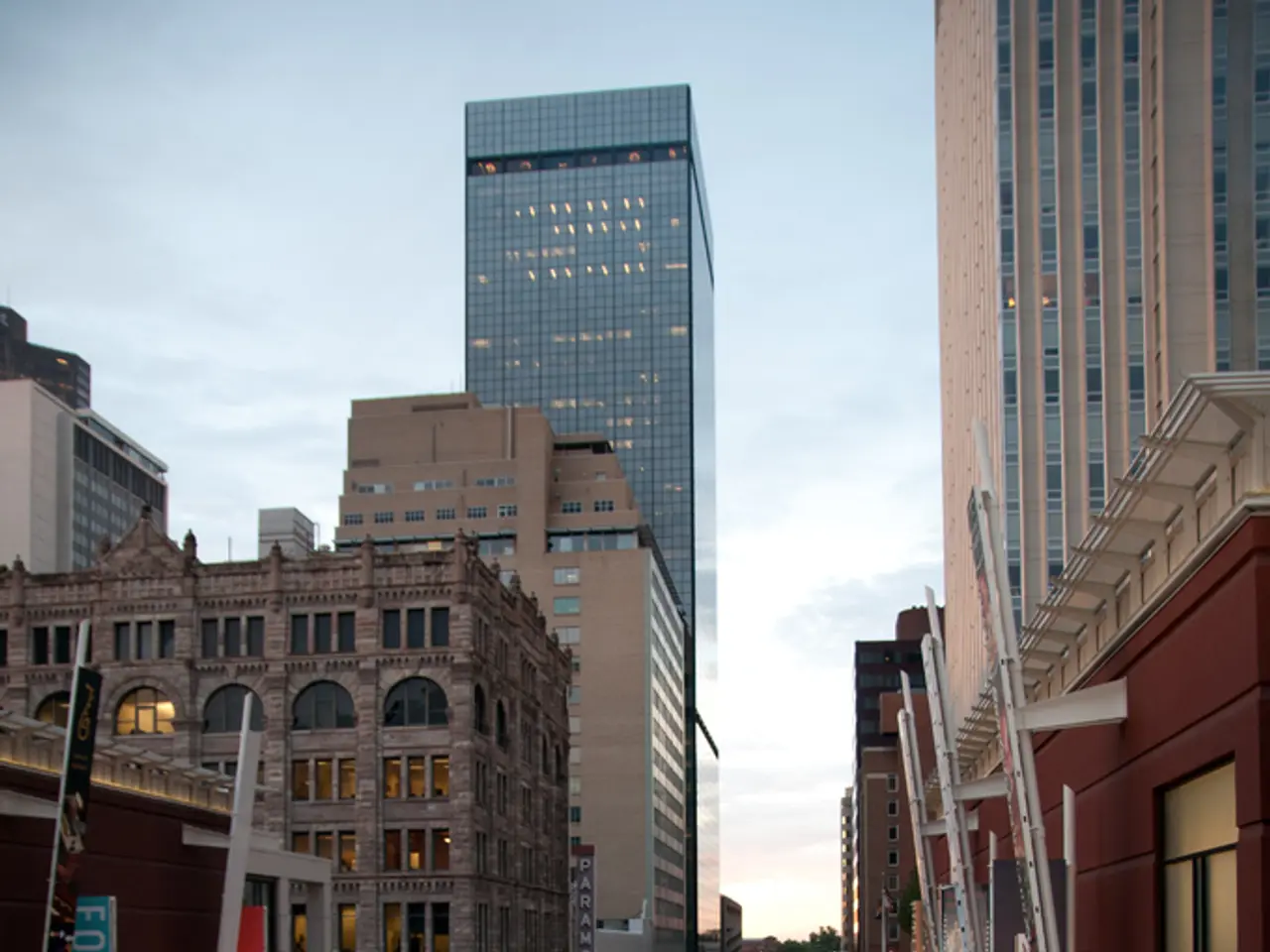Power struggles and political maneuvering in the establishment of the famed Louvre Museum in Paris
The Louvre, one of the world's most famous museums, has a rich history that spans over eight centuries. Originally built as a fortress around 1190, it has evolved into a symbol of France's cultural heritage. However, its journey has not been without controversy.
In the 18th century, the Louvre transformed into a museum following the French Revolution in 1789. This significant change marked the end of the monarchy, symbolizing a new era of democracy and accessibility. The guillotine, a symbol of the Revolution’s dramatic break with the ancien régime, underscores the radical nature of this change.
The modern museum emerged as a public institution after the French Revolution, with the Louvre at its forefront. The guillotine, in this context, represents the violent and radical reordering of society that enabled such cultural institutions to move from being exclusive to the elite to being accessible to all citizens.
The Louvre served as a container for art collections of French monarchs for centuries, but it was not until the 1980s that it made a significant push to include African art in its collection, leading to the opening of the Pavillon des Sessions in 2000. This move was a step towards democratizing the museum's collections, reflecting the Revolution's ideals of equality and inclusivity.
However, the Louvre continues to face criticism for its decisions about what art to display, as these judgments reflect broader prejudices of the time. The museum's exhibitions were intended to showcase France as the pinnacle of aesthetic progress, which some argue perpetuated colonial-era attitudes and prejudices. This is evident in the establishment of the Royal Academy of Painting and Sculpture in 1648, based at the Louvre, and in Napoleon Bonaparte's use of the museum for his own glorification and to display looted art.
More recently, the opening of the Musee du quai Branly in 2006, a museum dedicated to neglected cultural traditions, has been viewed as another form of marginalization. The debate over the role of art museums and their collections, particularly concerning power and authority, is a global issue.
Those who control art, its form, placement, availability, and definition, control a significant part of the cultural narrative that defines who we are and our relationship with the past. As such, the complex, uneasy relationship between art museums and politics has been present since the Louvre's inception and continues to be a topic of discussion today.
In conclusion, the Louvre, with its rich history and ongoing controversies, serves as a testament to the evolving role of art museums in society. Its transformation from a fortress to a public museum symbolizes the democratization of art and knowledge, a process that began with the French Revolution and continues to unfold today.
The evolution of the Louvre, initially a fortress, into a museum during the French Revolution in 1789 marked a significant intersection between art history and politics. This transformation embodied the new era of democracy and accessibility, yet the museum's exhibitions throughout history have been subjected to political influences, with some arguing it perpetuated colonial-era prejudices.
In the modern era, the debate over the role of art museums and their collections, particularly concerning power and authority, continues to resonate, demonstrating the enduring relationship between art history, politics, and general news.
